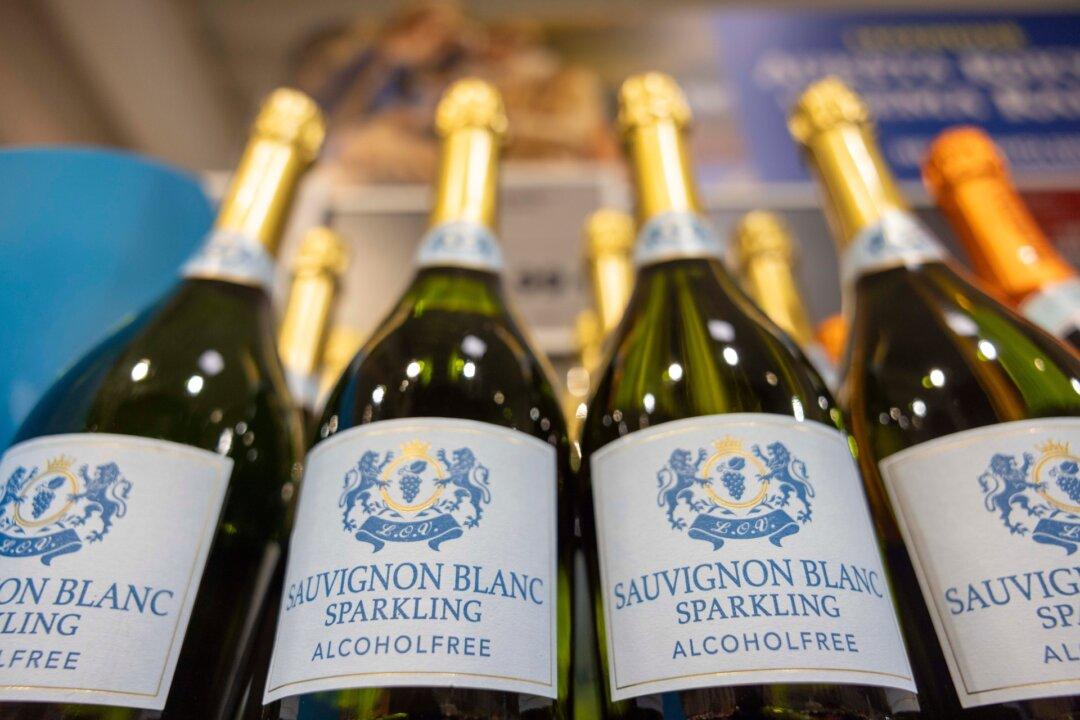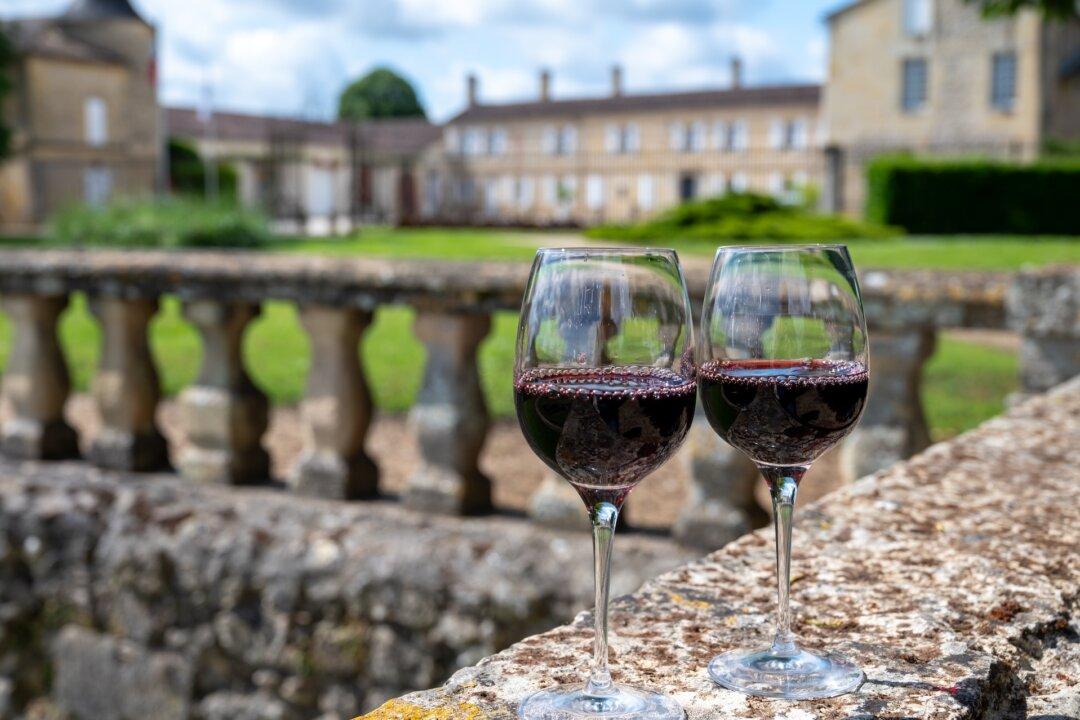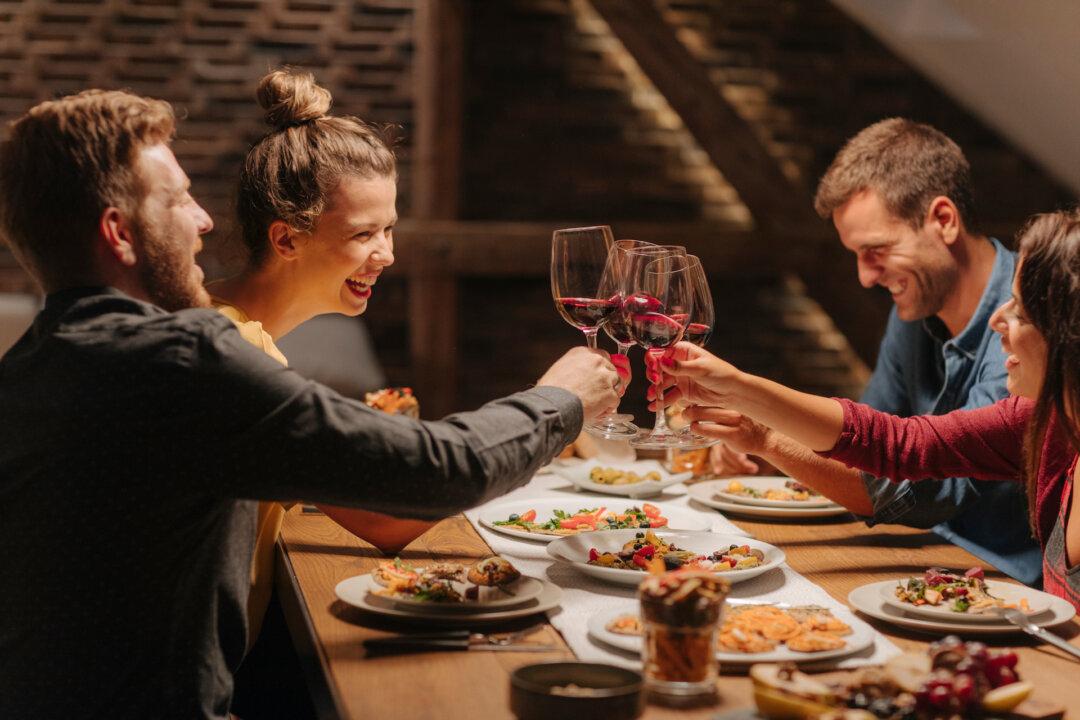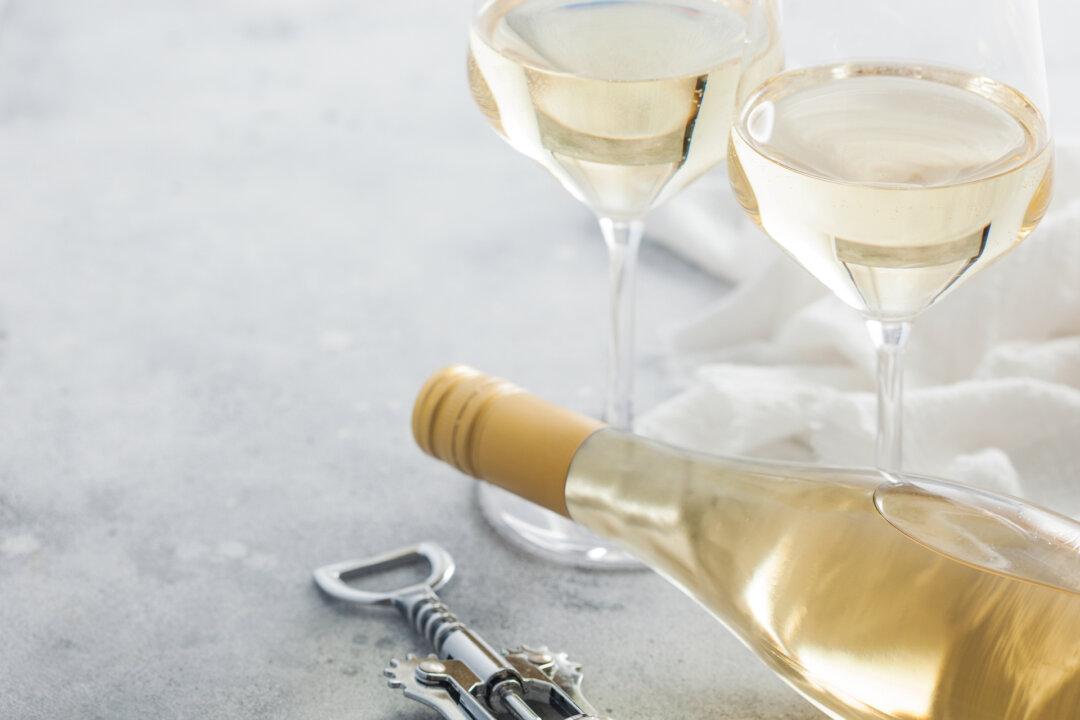When we want to avoid cooking to keep the kitchen cool, dry rosé wines are among the most perfect hot-weather refreshments to accompany salads and other uncooked summer meals.
Memorial Day is the unofficial beginning of summer, so today we look at pink wines, which have been, for roughly the last decade, all the rage among U.S. wine lovers. The most popular versions today are not the sickly-sweet pink wines that once left many Americans believing that anything pink was awful.





